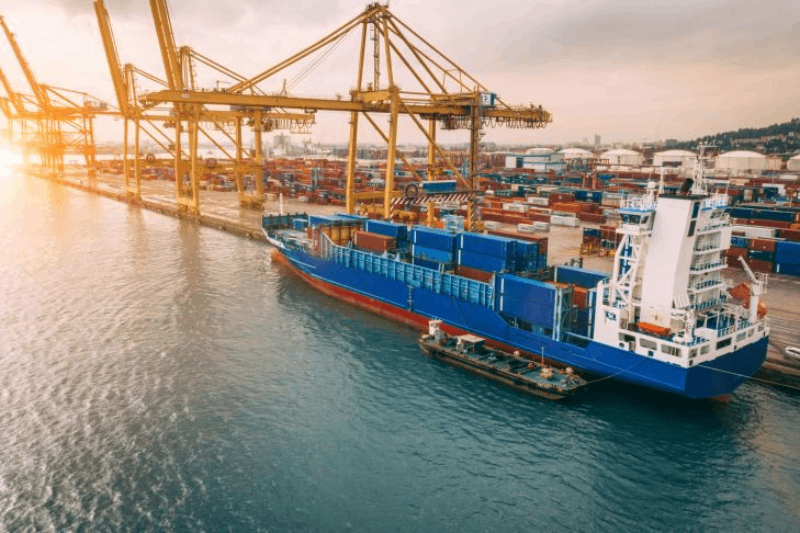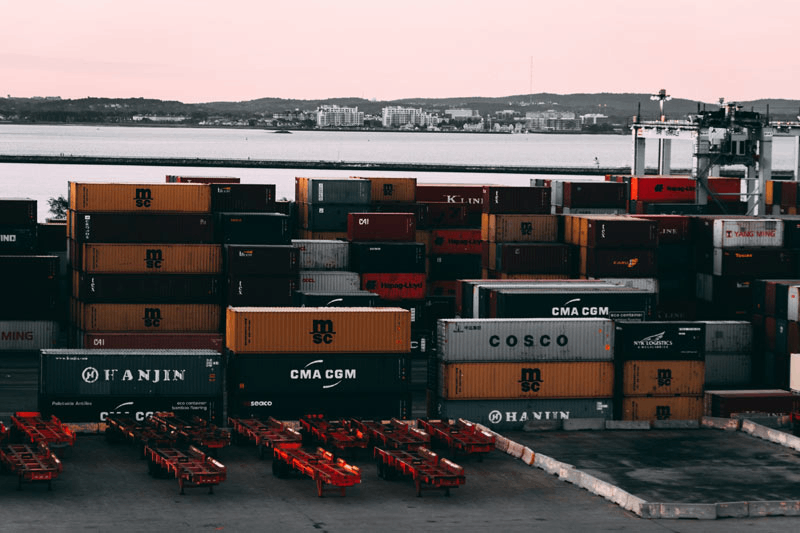Time:2021-11-22 Publisher:Kevin Num:6801

As the global economy continues to recover, congestion has become a major factor affecting ship reliability and freight.
As more and more containers flow into southern California ports, these ports have been actively carrying away the backlog of imported goods. To this end, many measures have also been introduced.
According to the recent data of Los Angeles port, there are 107 ships in line at the port, and 84 are container ships. 34 of them are waiting at the anchorage.
In addition, the average waiting time of ships also increased to 17.9 days. Among them, the longest waiting time is a container ship named "BAL peace", with a waiting time of 53 days.
Due to port congestion, Zim and WHL will transfer the ships deployed on the West Coast route between Asia and the United States. Meanwhile, the express service to Los Angeles port will be suspended.
According to sea intelligence, the last ship connecting Kaohsiung, Ningbo and Shanghai to Southern California left Kaohsiung on November 5.
A spokesman for Zim said: "in view of the long delay on the west coast of the United States, we have changed the service. Some ships have been transferred to the required routes. We will provide customers with a better experience by adjusting the service in time."
In addition, Wanhai airlines also transferred its ships to other internal routes in Asia. Three ships are being redeployed to a port in Ningbo. Flights between Nansha and New York.
WHL's general manager said: "the congestion in Southern California is so serious that we can no longer provide reliable shipping schedules."

However, some shipping companies have given different views.
Maersk said it would not transfer ships on the west coast to other routes; Herbert believes that just changing the route is meaningless, because it requires more ships and will only transfer the congestion to other ports.
As shippers seek ways to avoid congestion, some Asian Freight Forwarders find that goods are moving from California ports to other ports.



